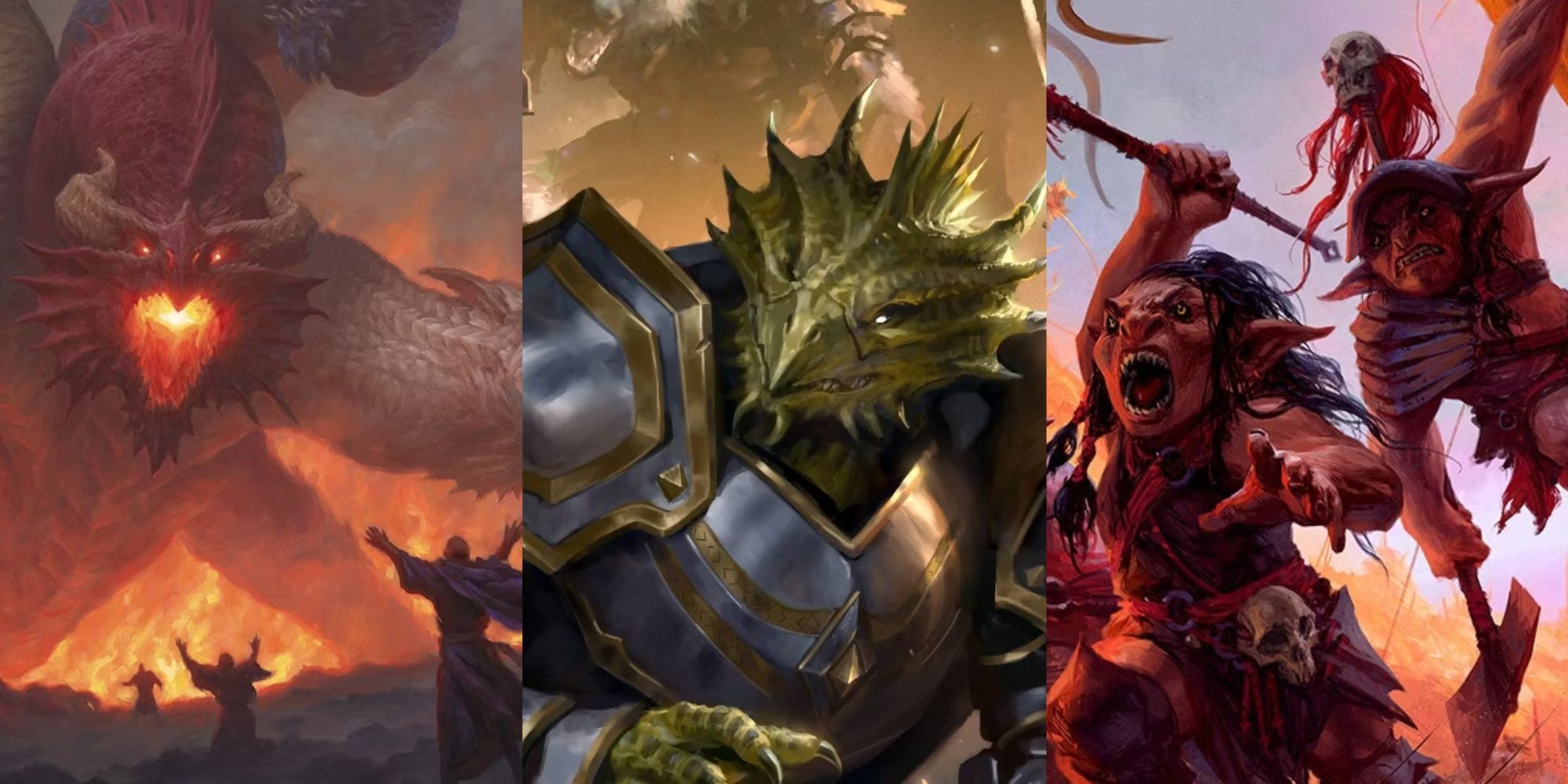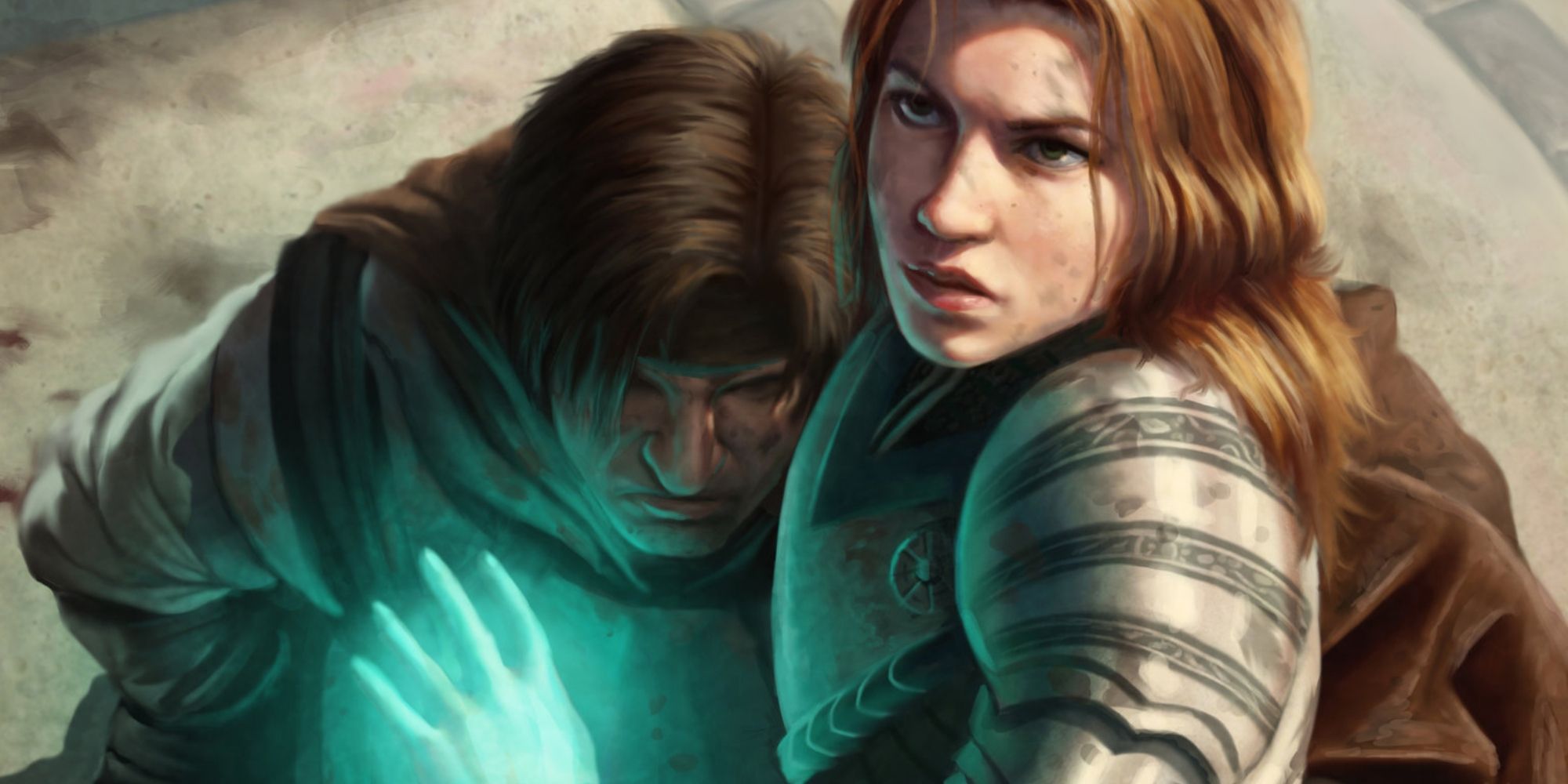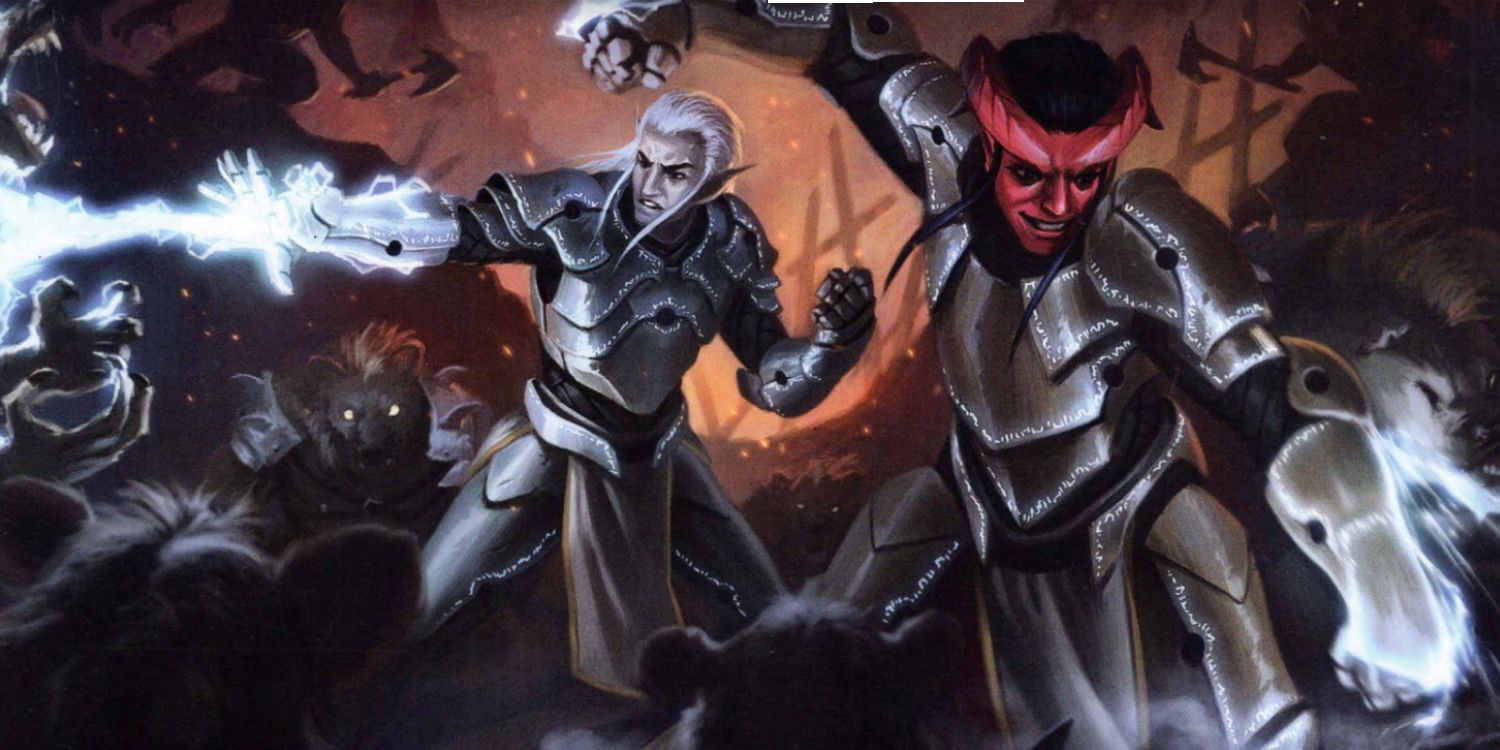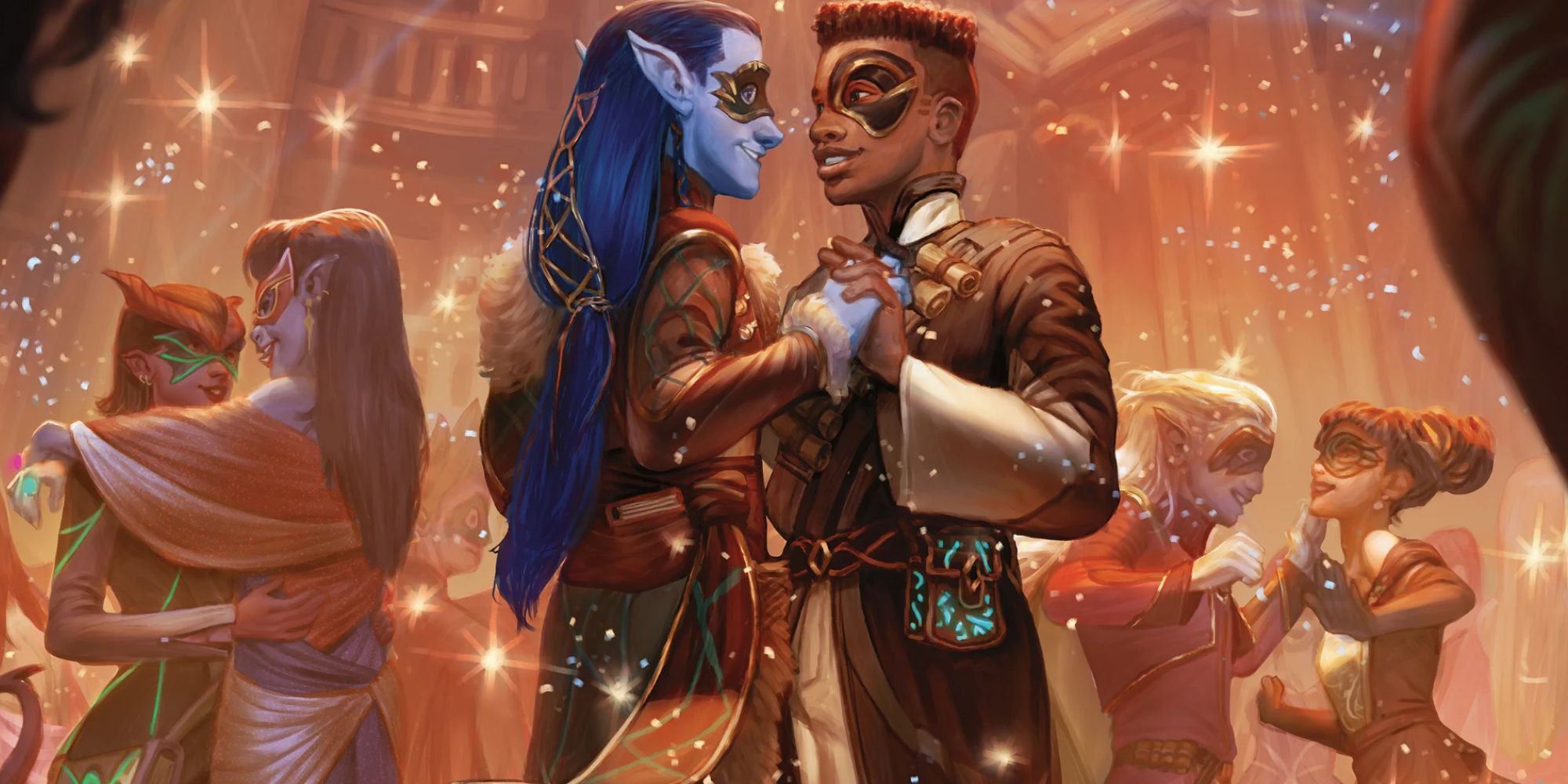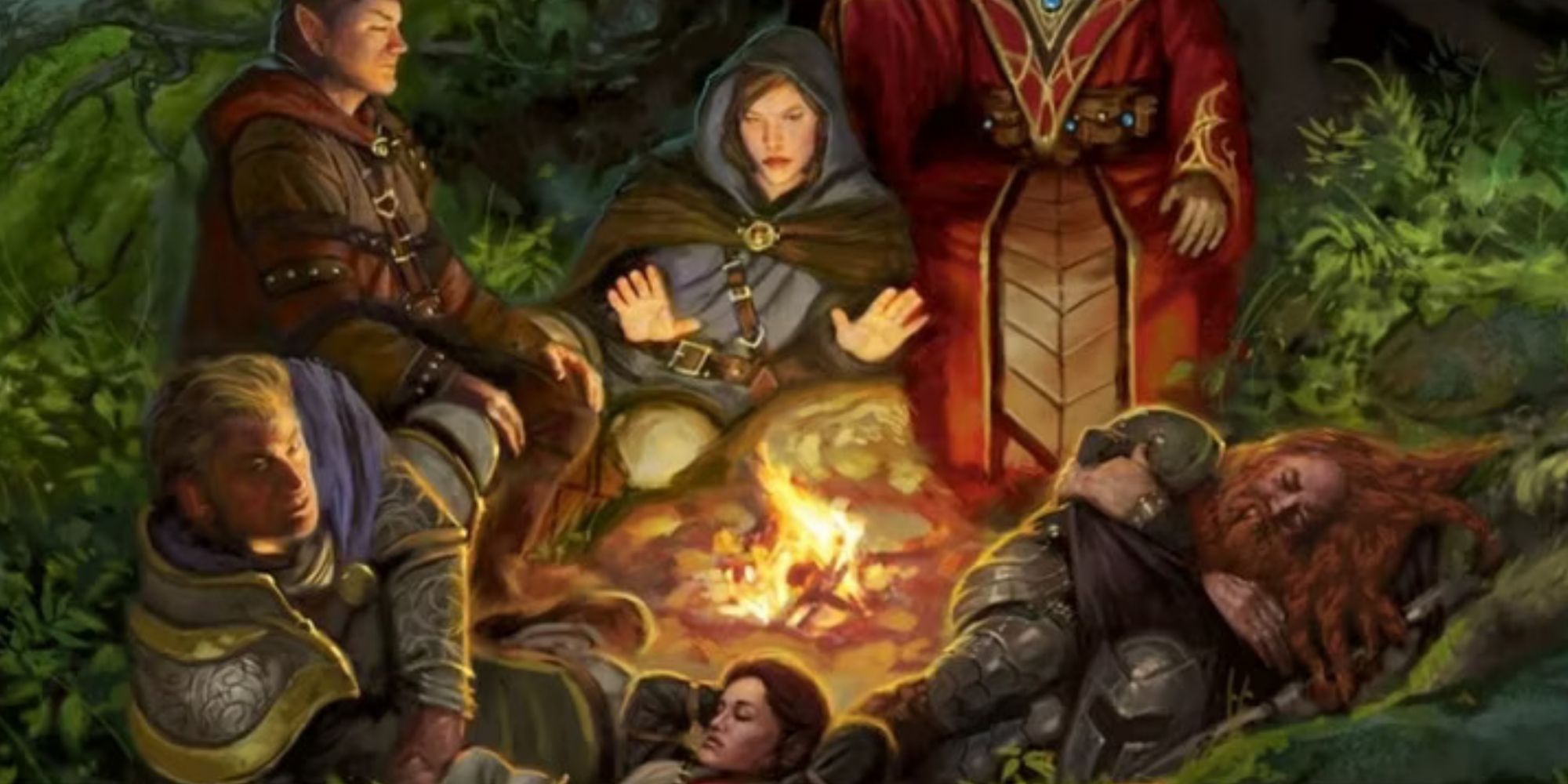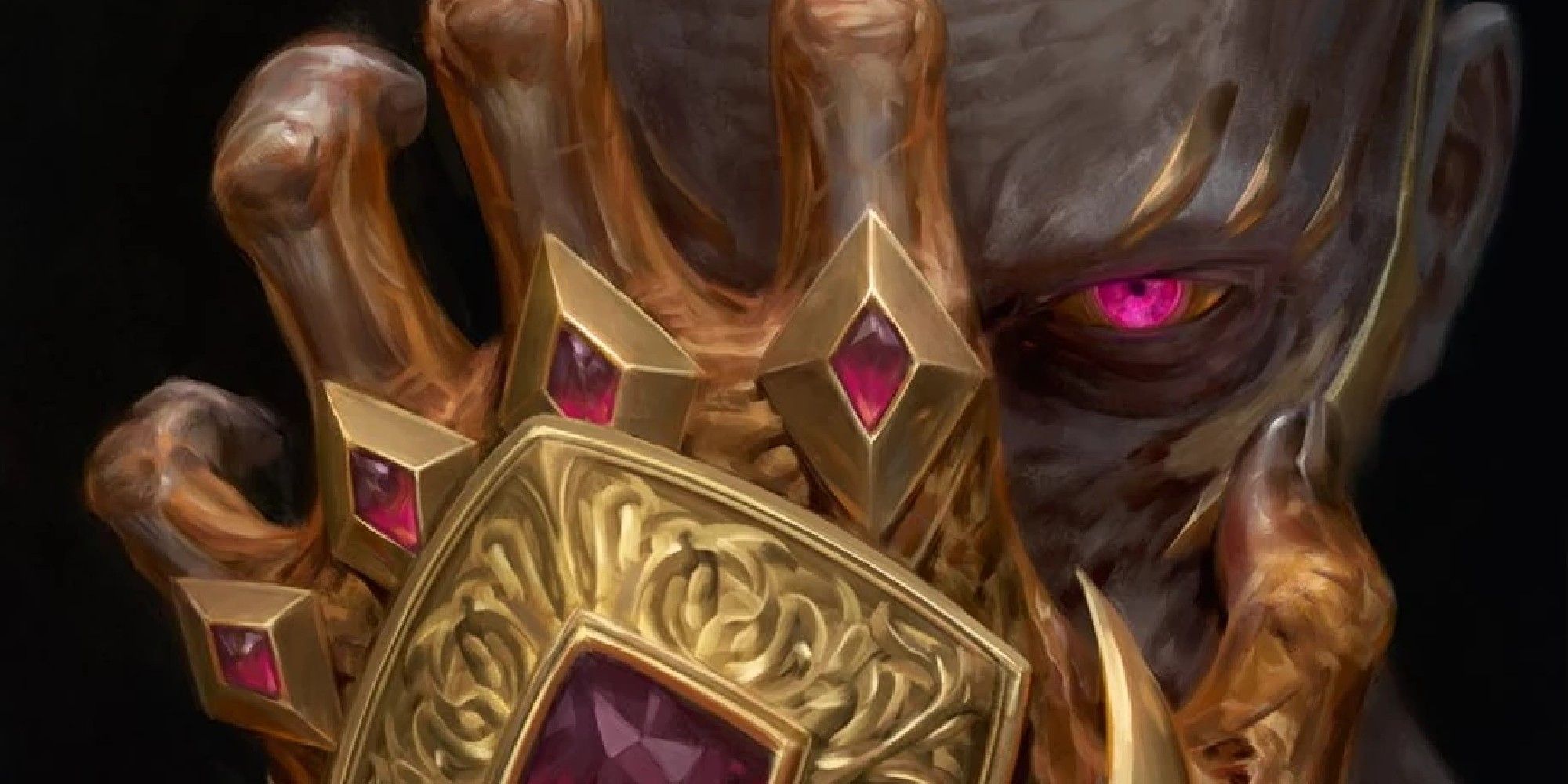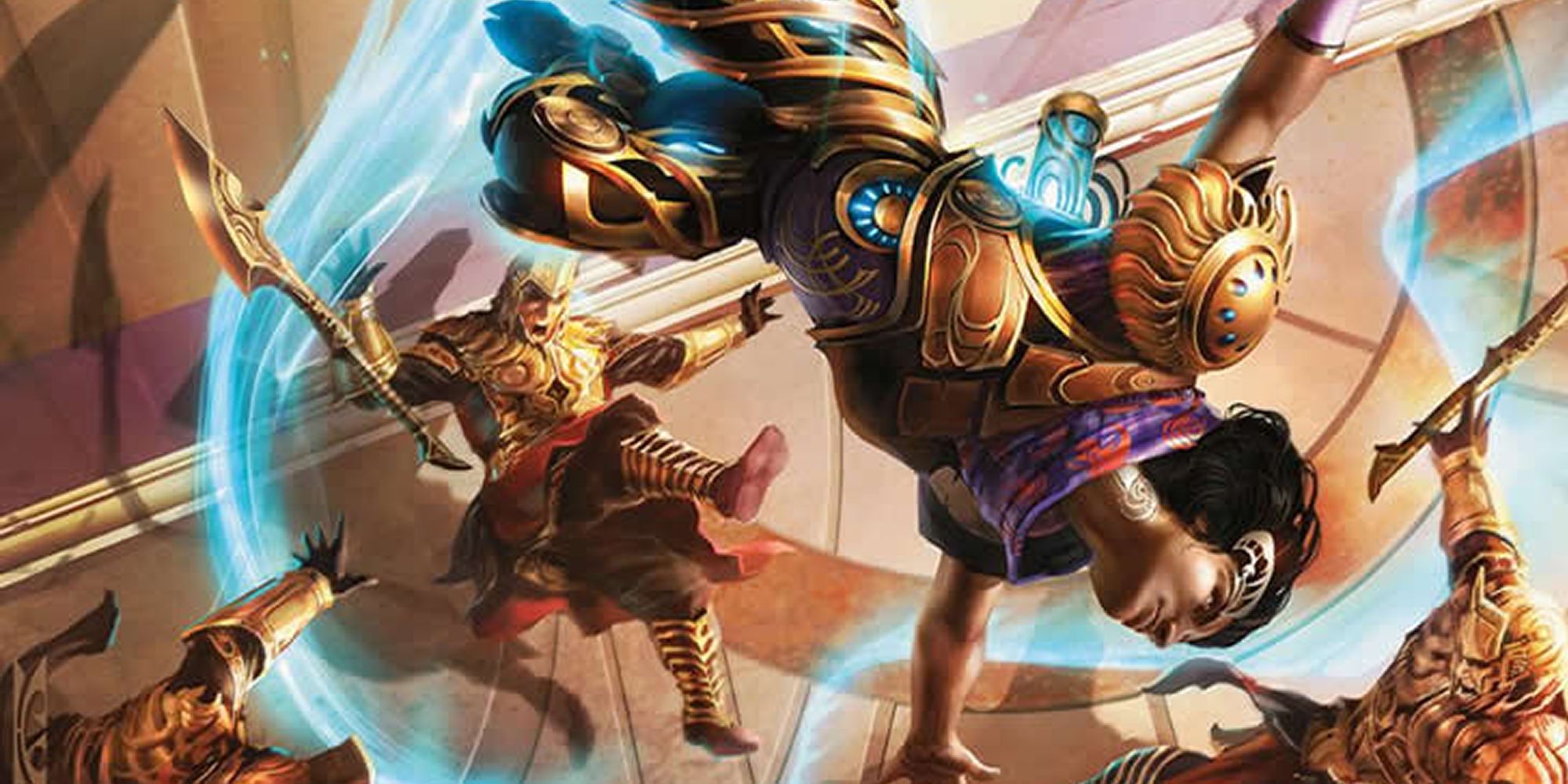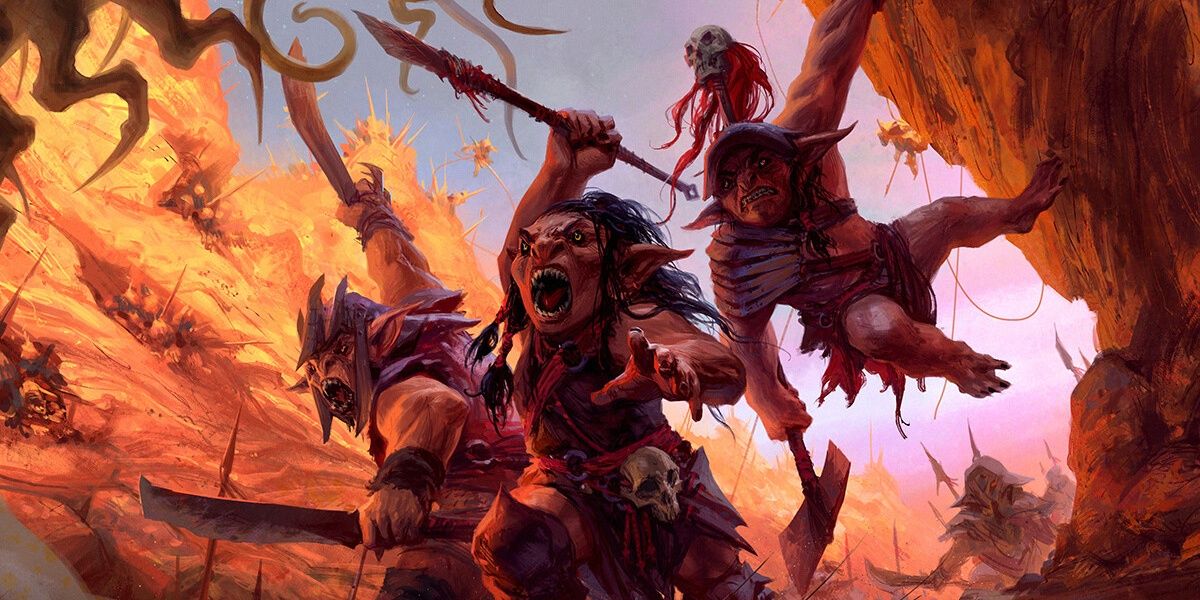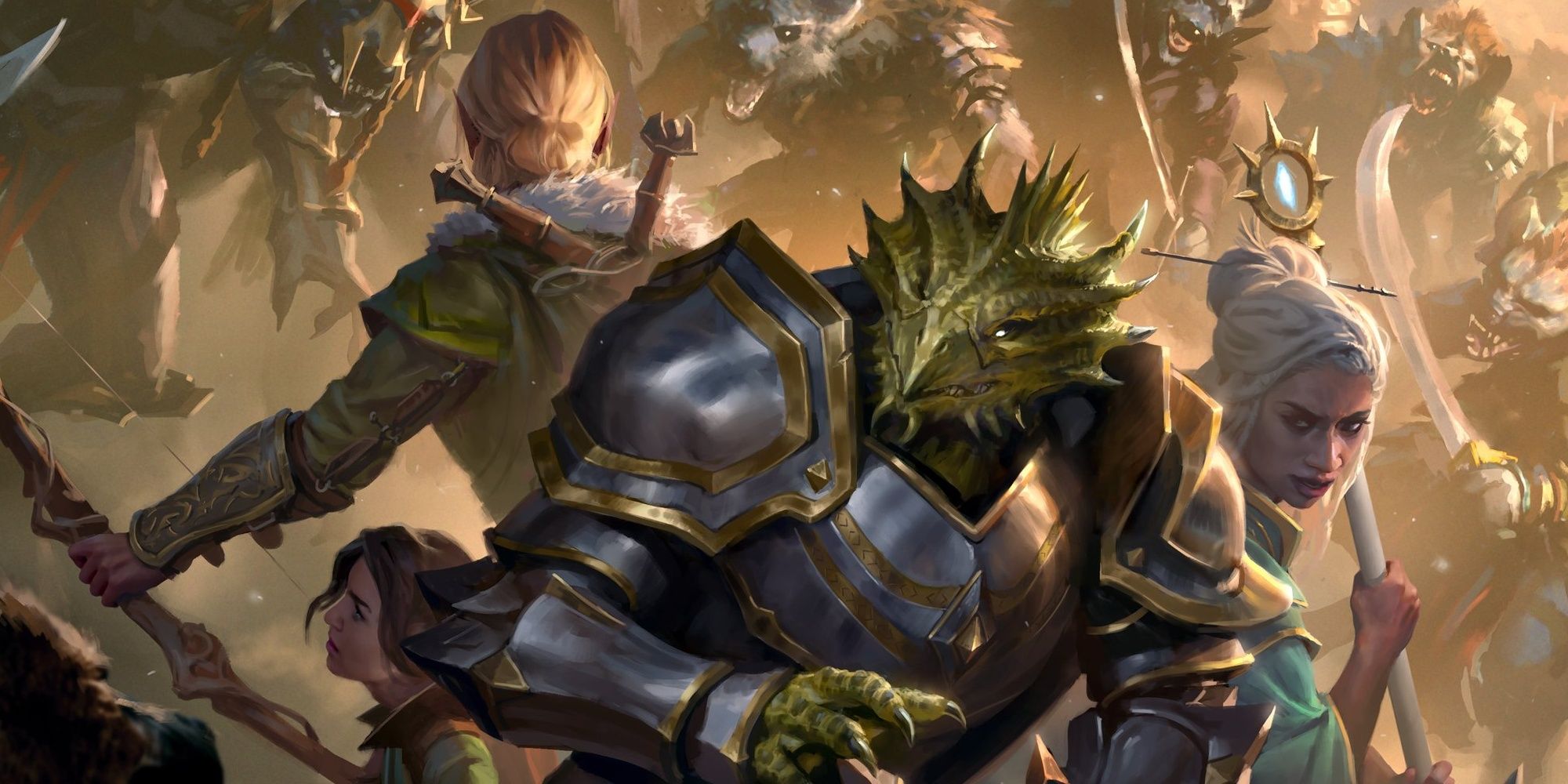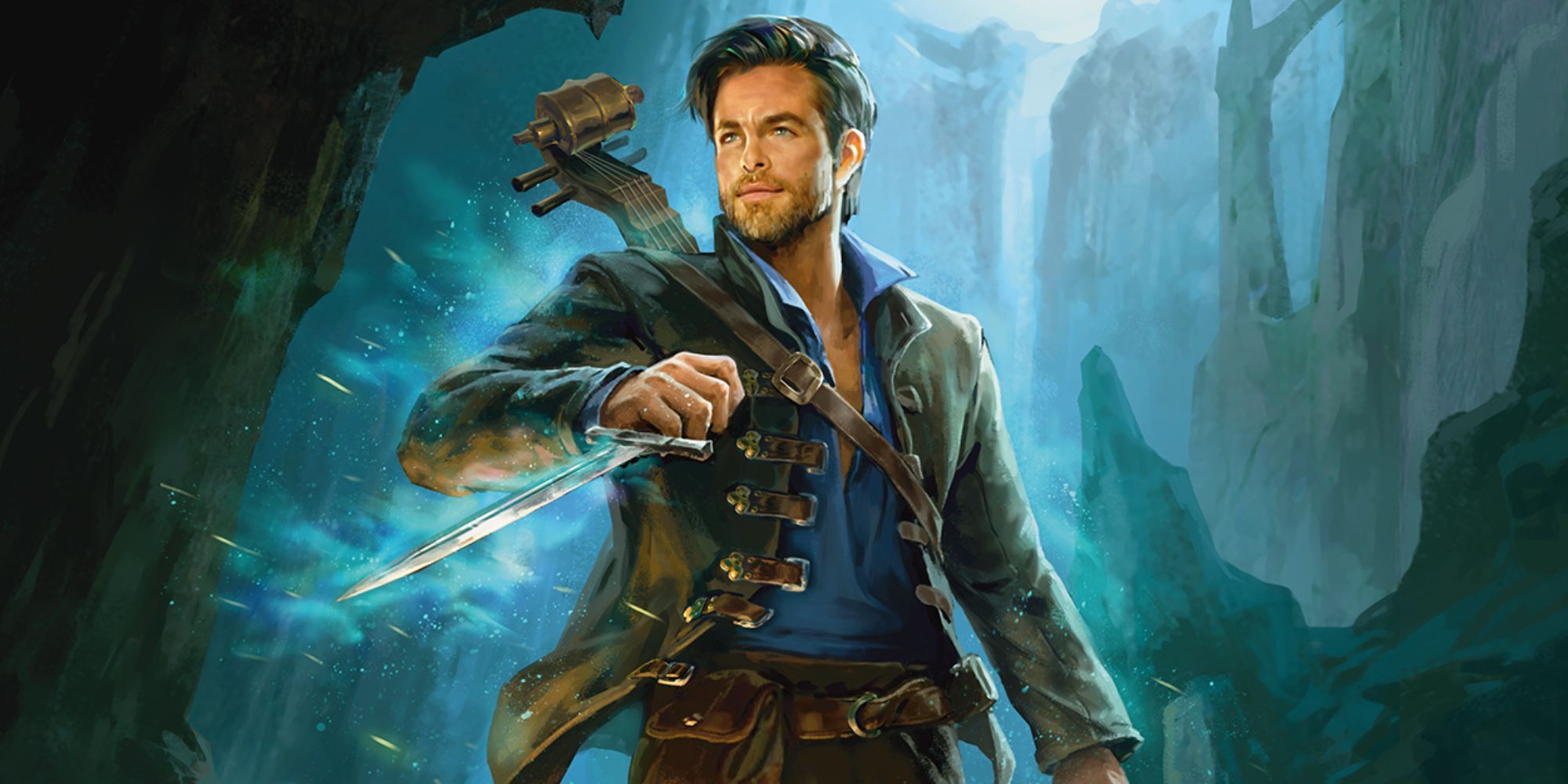Creating a character involves a lot of things, such as choosing a name, class, species, and making your character sheet. It's one of those unique experiences few games do as well as Dungeons & Dragons. A fun part about your character also comes from their backstories, which bring cool NPCs for the DM and your overall motivation. Why do it alone, though?
If you want to spice things up, you can always create a backstory with a friend or the entire party, having your characters already acquainted and allowing exciting dynamics between the characters.
10 Family
One of the most popular ways of having characters who already know each other is to make them family. You and another player being siblings is a classic way to unite your stories, creating a powerful bond between them and being an easy justification for adventuring together.
Still, you can change this formula by swapping the relationship a bit. Why not a parent-child duo with a tank dad/mom who's just looking out and embarrassing their child? Any family connection will do here.
9 Childhood Friends
The next best thing is not being blood-related, but still a kind of family. You have known each other since childhood, making your relationship as meaningful as a family connection, and you'd do anything for each other.
This type of relationship also gives your story a powerful message about found family instead of only valuing blood ties, and it could develop into other types of relationships, such as the ones below.
8 Romance
If you and your friend are okay with roleplaying this concept, it can make an exciting character backstory. Or, as it is most common, if you want to play RPGs with your significant other, you can still be a couple in the game.
Romantic love is one of the strongest types of love, and venturing into the world with the love of your life as you both slay Goblins together, is the best honeymoon you could have together, after all.
7 An Established Guild
Perfect for not just two players but even the entire party too. You are a group of adventurers who already travel together. Maybe you met in a job you were all hired and decided to stay that way. Perhaps you're all childhood friends, or a big family, mixing with the previous ideas a bit.
The good part about this concept is that it's pretty loose. You can all have your backstories and just establish that you met one another after such events but before the campaign, giving you all individuality while still being friends. And you can all think of a cool guild name during session zero.
6 A Common Enemy
Usually, this is what happens during the campaign. A BBEG appears, makes your lives miserable, and you're all going after them now. What's the point of making this connection in your backstory instead of the campaign itself?
Well, you can make things more personal. You and your friends can craft elaborate and tragic ways the BBEG messed with each of you, and since you know you can't beat them by yourself, you're now traveling together to avenge yourselves. That way, the enemy won't need an introduction, and the stakes will be much higher at the very beginning. Just like shared backstories make stronger friendly ties, it can do the same with enemies.
5 Performers
For character ideas that are a bit more extravagant, you and your friends can all be performers who enjoy putting up shows together. And no, you don't need to worry about your class; Even Barbarians can break things while creating a spectacle.
It's also a fun way to enjoy the cities you visit, and it can even evolve into a campaign that doesn't involve adventuring but staying in a city and creating relationships - or trouble - with the locals. And it's a fun opportunity for an all-Bard band campaign.
4 A Clan
Instead of leaving your Clan to seek whatever you're searching for, why not take them with you? Sure, clans usually involve dozens of people, but you can still take a small part of it. Everyone can be part of the same tribal community with the same traditions and ways of life.
Between warriors, musicians, and shamans, it's easy to fit any class here as well. You can all depart together to prove to everyone else that your Clan is superior. And you can create a name and customs, going one step beyond the guild concept.
3 A Gang
Evil characters can be complicated, as the rest of the group won't fully trust the player, and it can cause fighting among the party, which is why you can all be evil. Bad people can still have friends, and you can all be worse people together.
It can even inspire the DM to do unorthodox campaign concepts, such as stealing from a rich person, fighting against other gangs, or even having heroes hunting you all down as you wreak havoc throughout the lands.
2 A Cult
You can all be together representing the same God and fight in their name as you purify the lands you visit throughout your journey. And though this idea embraces Clerics and Paladins well, you can still attach other classes here without issues.
Alternatively, this concept also works for evil groups depending on what Deity you serve. It would be nice to talk about it thoroughly since some stuff here can be dark. Not every group will go around looking for people to sacrifice, after all. And who knows, if you are successful, the DM might turn you into the next campaign's baddies.
1 Stuck Together
More appropriate if you and your friend are okay with messing with one another. You are both traveling with each other, but neither wants that. It can easily fit with others here: Having a common enemy doesn't mean you like one another. Being family doesn't mean you like one another. Being a cult... Okay, you get it.
You and your friend only need to think of a good reason for your characters to stick together, one that will endure for at least most of the campaign. And you can give yourselves character arcs that involve becoming actual friends through the adventure.
Bonus: Individuality Is Important
Though the idea here is creating backstories with another player, remember that your character still needs to be interesting alone. Combining stories is a fun experience, but if the whole gimmick between you and your friend is that they are siblings, it might get old after a while.
This was even briefly mentioned during the Guild entry. It's essential to create your own demeanors and motivations and add more to your story - and your friends - by having them meet and travel together.

